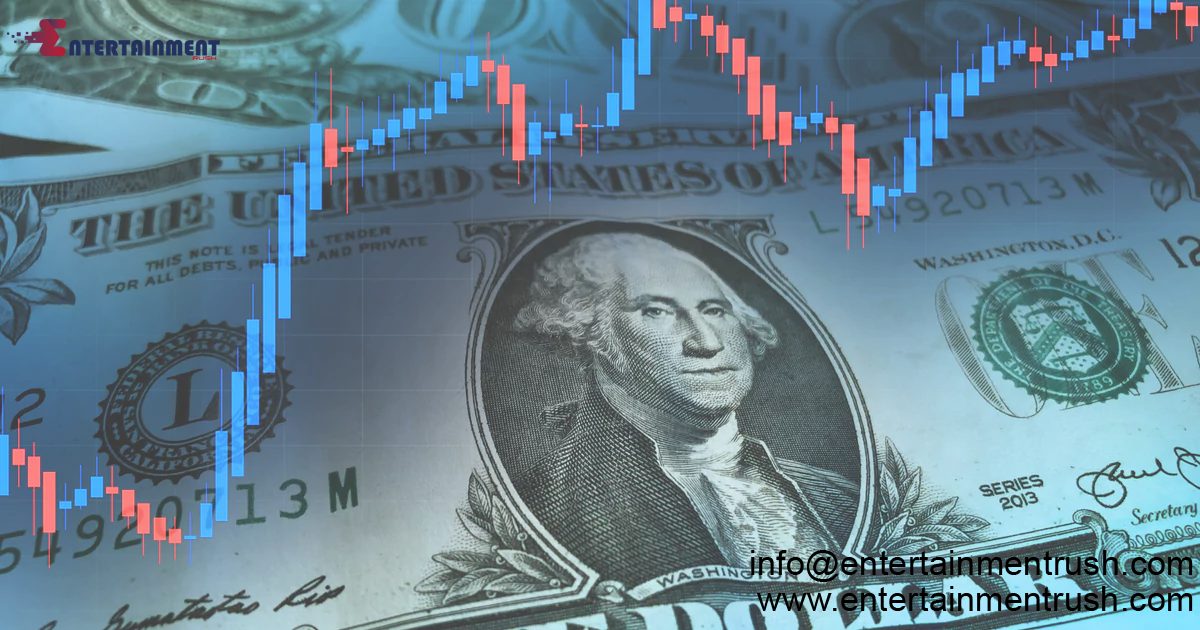Economic systems serve as the backbone of societies, shaping the allocation of resources, the distribution of wealth, and the organization of production and consumption. In this comprehensive study, we delve into the intricacies of economic systems, focusing on the United States as a case study. By comparing and contrasting different economic models, we aim to elucidate their strengths, weaknesses, and implications for economic outcomes and social welfare.
Understanding Economic Systems:
At its core, an economic system refers to the set of institutions, policies, and mechanisms that govern how a society produces, distributes, and consumes goods and services. From centrally planned economies to free-market capitalism, various economic systems exist along a continuum, each with its unique features and characteristics.
Free Market Capitalism:
In the United States, free-market capitalism serves as the prevailing economic system, characterized by private ownership of the means of production, minimal government intervention, and the operation of markets guided by the forces of supply and demand. Under this system, individuals and businesses enjoy autonomy and freedom of choice, while competition fosters innovation, efficiency, and economic growth.
Centrally Planned Socialism:
In contrast to capitalism, centrally planned socialism involves state ownership of the means of production and central planning of economic activities. Historically associated with command economies such as the former Soviet Union, centrally planned socialism aims to achieve social equity and collective welfare through centralized control and allocation of resources. However, critics argue that central planning often leads to inefficiency, lack of innovation, and bureaucratic inefficiencies.
Mixed Economy:
Many modern economies, including the United States, adopt a mixed economic system that combines elements of both capitalism and socialism. In a mixed economy, the government plays a significant role in regulating markets, providing public goods and services, and addressing market failures, while still allowing for private enterprise and market-driven allocation of resources. This hybrid approach seeks to harness the strengths of both systems while mitigating their respective weaknesses.
Comparative Analysis:
When comparing economic systems, several dimensions come into play, including efficiency, equity, innovation, and stability. Free-market capitalism is often praised for its ability to generate wealth, foster innovation, and provide incentives for entrepreneurship. However, critics argue that it can lead to income inequality, market failures, and environmental degradation. On the other hand, centrally planned socialism aims to promote social equity and collective welfare but often struggles with inefficiency, lack of incentives, and bureaucratic red tape.
Case Study: The US Healthcare System:
A compelling case study for comparing economic systems is the US healthcare system, which operates within a predominantly capitalist framework but includes elements of government intervention and regulation. While the US boasts world-class medical innovation and technology, it also grapples with issues of access, affordability, and disparities in healthcare outcomes. The debate over healthcare reform highlights the tension between market-driven incentives and the need for social welfare provision.
Implications for Policy:
The comparison of economic systems has profound implications for policymaking, as governments seek to strike a balance between promoting economic growth and ensuring social welfare. Policies aimed at enhancing competition, fostering innovation, and addressing market failures can enhance the efficiency and dynamism of free-market capitalism. Likewise, targeted interventions in areas such as healthcare, education, and social safety nets can help mitigate inequalities and promote inclusive growth. In comparing economic systems, it becomes evident that there is no one-size-fits-all solution, and each system entails trade-offs between competing objectives. By examining the strengths and weaknesses of different models, policymakers can glean insights into how to design institutions and policies that promote economic prosperity, social welfare, and sustainable development in the United States and beyond.






Leave feedback about this